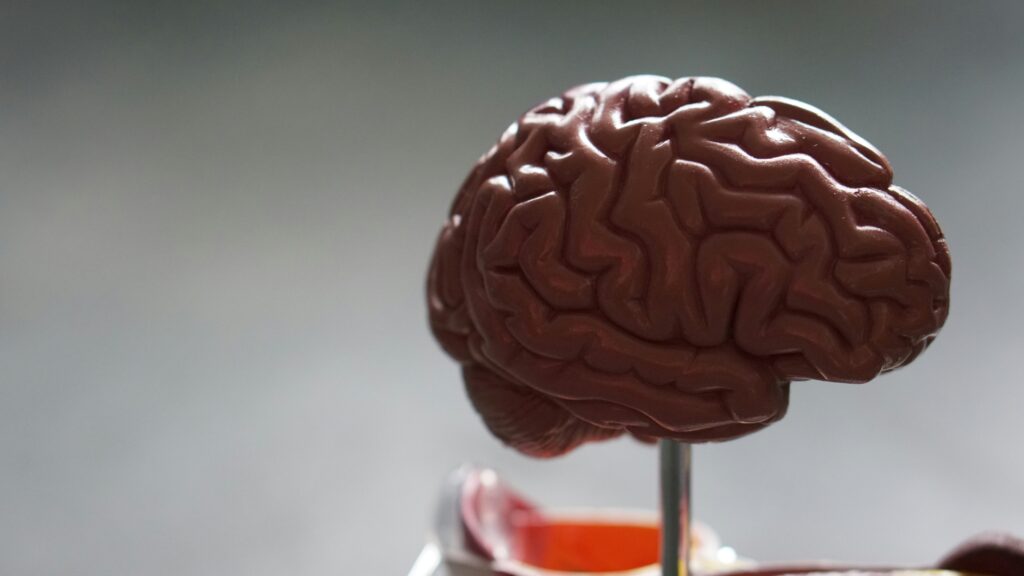Neurodegenerative diseases are conditions marked by the gradual deterioration of the nervous system’s structure and functions, impacting millions globally. These diseases pose substantial challenges to patients, families and healthcare systems alike. Early recognition, management and support are vital.
This article explores five common neurodegenerative diseases, offering an understanding of their nature and implications.
5 Common Neurodegenerative Diseases Explained
1. Alzheimer’s Disease
The primary cause of dementia is Alzheimer’s disease, which is typified by a progressive loss of important cognitive abilities such as memory recall, language skills and the capacity to do daily chores. The disease’s hallmark is the buildup of beta-amyloid plaques and tau tangles within the brain, which culminates in extensive neuronal damage and loss.
Manifesting symptoms that gradually intensify over periods, Alzheimer’s significantly erodes an individual’s autonomy and overall quality of life. As the condition advances, affected individuals may require comprehensive care and support, emphasizing the disease’s profound impact not only on patients but also on caregivers and family members.
2. Parkinson’s Disease
Parkinson’s disease is a neurodegenerative disorder that primarily affects the motor system. It is characterized by a loss of dopamine-producing cells in the brain, leading to a decrease in dopamine levels. This results in the characteristic symptoms of Parkinson’s, including tremors, rigidity, bradykinesia (slowness of movement), and postural instability. Other non-motor symptoms may also occur, such as cognitive impairment, depression, and sleep disturbances.
While there is no cure for Parkinson’s, there are several treatment options available to manage its symptoms. The most common treatment is medication, typically levodopa, which helps to replenish dopamine levels in the brain. Physical therapy and exercise are important components of treatment, as they can help improve mobility and reduce the risk of falls. In some cases, surgical interventions, such as deep brain stimulation, may be recommended for individuals with advanced Parkinson’s.
3. Multiple Sclerosis
Multiple sclerosis (MS) is classified as an autoimmune condition in which the body’s immune system erroneously targets the protective covering (myelin sheath) that encases nerve fibers, leading to significant communication disruptions between the brain and various parts of the body.
The manifestation of symptoms is highly individualized but commonly encompasses a range of challenges such as pervasive fatigue, notable difficulty in walking, sensations of numbness, pronounced muscle weakness, and a noticeable decline in coordination abilities.
Statistically, MS exhibits a higher prevalence in women compared to men and has the potential to develop at any stage of life. The unpredictable nature of the disease, coupled with its varying symptoms, underscores the complexity of MS, making personalized treatment approaches and ongoing support essential for managing the condition effectively.
4. Amyotrophic Lateral Sclerosis
Lou Gehrig’s disease, often known as amyotrophic lateral sclerosis (ALS), is a crippling disorder marked by the gradual loss of motor neurons that regulate voluntary muscular movements. As the disease progresses and these vital neurons deteriorate and die, individuals diagnosed with ALS undergo a marked increase in muscle weakness. This escalation in weakness significantly impacts various physical functions, resulting in pronounced difficulties with speaking, swallowing, and, in advanced stages, breathing.
Notably, the vast majority of ALS cases are classified as sporadic, indicating that they arise without a clear genetic predisposition or identifiable environmental triggers. This lack of known cause contributes to the particularly devastating impact of an ALS diagnosis, not only on the patients themselves but also on their families as they navigate the complexities and challenges of the disease together.
5. Huntington’s Disease
Huntington’s disease, a hereditary condition, results from a faulty gene on chromosome 4, initiating the progressive degeneration of neural cells within the brain. This relentless breakdown significantly impairs an individual’s motor skills, cognitive processes, and emotional regulation. Typically manifesting between the ages of 30 and 50, the symptoms of Huntington’s disease gradually intensify, profoundly affecting patients throughout 10 to 25 years.
Huntington’s disease currently has no known cure, although there are therapeutic options that try to lessen the severity of symptoms and enhance quality of life. The management of these symptoms is crucial, as it provides individuals with the means to cope with the challenges of the disease, offering some degree of relief and support in navigating their daily lives despite the absence of a cure.
Conclusion
Patients with neurodegenerative diseases, their loved ones, and medical personnel face significant obstacles. Early detection and customized care are essential for enhancing the quality of life for those affected. Ongoing research brings optimism for advancements in treatment and potential cures.




